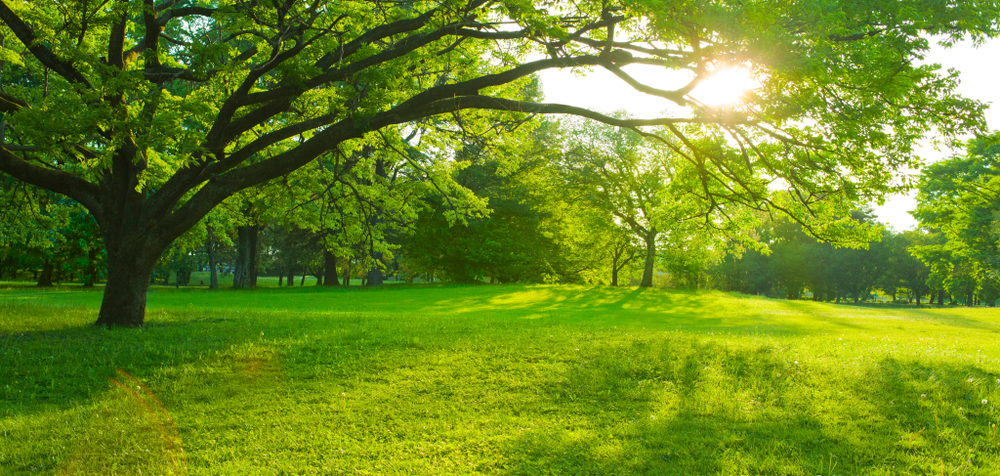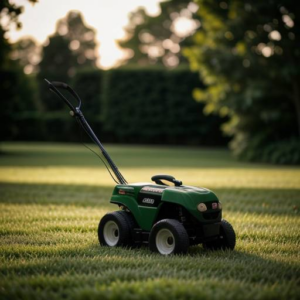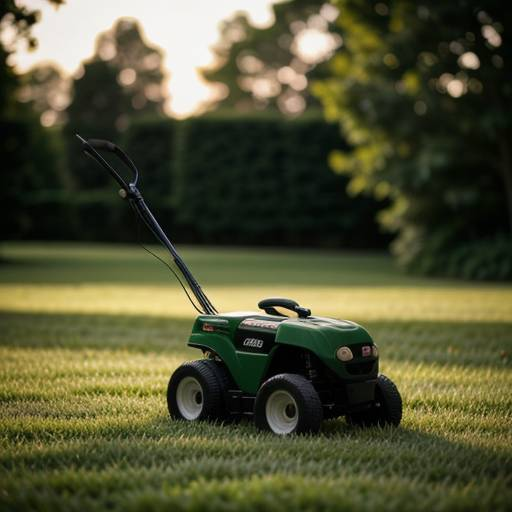Hey there, homeowners in the beautiful Southeastern United States! We understand how much you value your lush, green lawn, and we’re here to help you achieve just that. Today, we’ll dive into the world of sunlight and how it affects your lawn, specifically for those of you in cities like Columbia, Irmo, Chapin and Lexington, South Carolina. Let’s get started, shall we?
Understanding Sunlight Needs for Grass in Southeastern US
Why Sunlight Matters
Sunlight plays a vital role in the growth and health of your lawn. It provides energy for photosynthesis, which is the process through which plants convert sunlight, carbon dioxide, and water into food. Without enough sunlight, your grass will struggle to grow, leading to a less-than-ideal lawn.
Types of Grass for the Southeastern US
There are several types of grasses that thrive in the Southeastern US climate. Here are a few popular options:
- Bermuda Grass
- Zoysia Grass
- Centipede Grass
- St. Augustine Grass
- Tall Fescue
Each of these grass types has different sunlight requirements, so it’s crucial to choose the right one for your lawn based on the amount of sunlight it receives.
How Much Sunlight Does Your Grass Need?
To help you better understand the sunlight needs of your grass, we’ve categorized them into three main groups: full sun, partial sun, and shade tolerant.
Full Sun
Grass species that require full sun need at least 6-8 hours of direct sunlight daily. Some examples include:
- Bermuda Grass
- Zoysia Grass
Table 1: Full Sun Grasses
| Grass Species | Sunlight Requirements | Growth Rate | Drought Tolerance |
|---|---|---|---|
| Bermuda Grass | 6-8 hours/day | Fast | High |
| Zoysia Grass | 6-8 hours/day | Moderate | Moderate-High |
Partial Sun
Grasses that can tolerate partial sun need 4-6 hours of direct sunlight daily. Examples include:
- Centipede Grass
- St. Augustine Grass
Table 2: Partial Sun Grasses
| Grass Species | Sunlight Requirements | Growth Rate | Drought Tolerance |
|---|---|---|---|
| Centipede Grass | 4-6 hours/day | Slow | Moderate |
| St. Augustine Grass | 4-6 hours/day | Moderate | Moderate |
Shade Tolerant
Shade-tolerant grasses are capable of growing with just 2-4 hours of direct sunlight daily. One popular option in this category is:
- Tall Fescue
Table 3: Shade Tolerant Grass
| Grass Species | Sunlight Requirements | Growth Rate | Drought Tolerance |
|---|---|---|---|
| Tall Fescue | 2-4 hours/day | Moderate | Moderate |
Tips for Managing Sunlight Exposure
Once you’ve determined the right grass type for your lawn based on sunlight requirements, here are some tips to help your lawn thrive:
- Monitor Sunlight: Keep an eye on how much sunlight your lawn receives throughout the day, especially during different seasons. This can help you identify any changes impacting the grass’s health.
- Trim Trees and Shrubs: Regularly trim trees and shrubs that could be blocking sunlight from reaching your lawn. This will ensure that your grass receives adequate sunlight for optimal growth.
- Mow Appropriately: Different grass species have different mowing height requirements. Mowing your grass to the right height will help maximize sunlight absorption and stay healthy.
- Fertilize and Water: Proper fertilization and watering are essential for maintaining a healthy lawn. Make sure you use the correct fertilizer and water based on your grass type and local weather conditions.
- Overseed: If you have a lawn with a mix of sun and shade, consider overseeding with shade-tolerant grass species. This can help fill any bare spots and create a more uniform appearance.
Conclusion
Understanding your grass’s sunlight requirements is crucial to maintaining a beautiful, thriving lawn in the Southeastern United States. By choosing the right grass type and providing proper care, you can enjoy a lush, green lawn that’s the envy of your neighbors. Don’t forget to monitor sunlight, trim trees and shrubs, mow appropriately, fertilize, water, and overseed as needed. Happy lawn care!
Get in touch with our expert lawn care services in Columbia SC, if you’re looking for assistance in maintaining your lawn.







